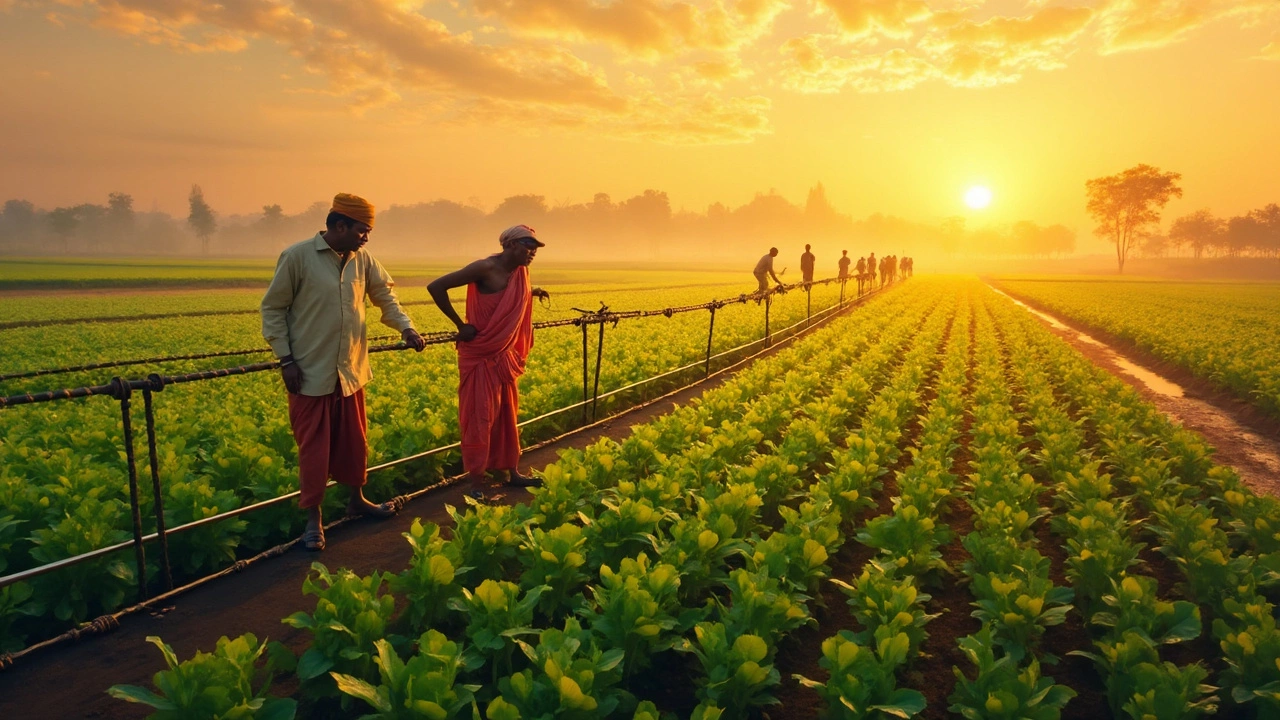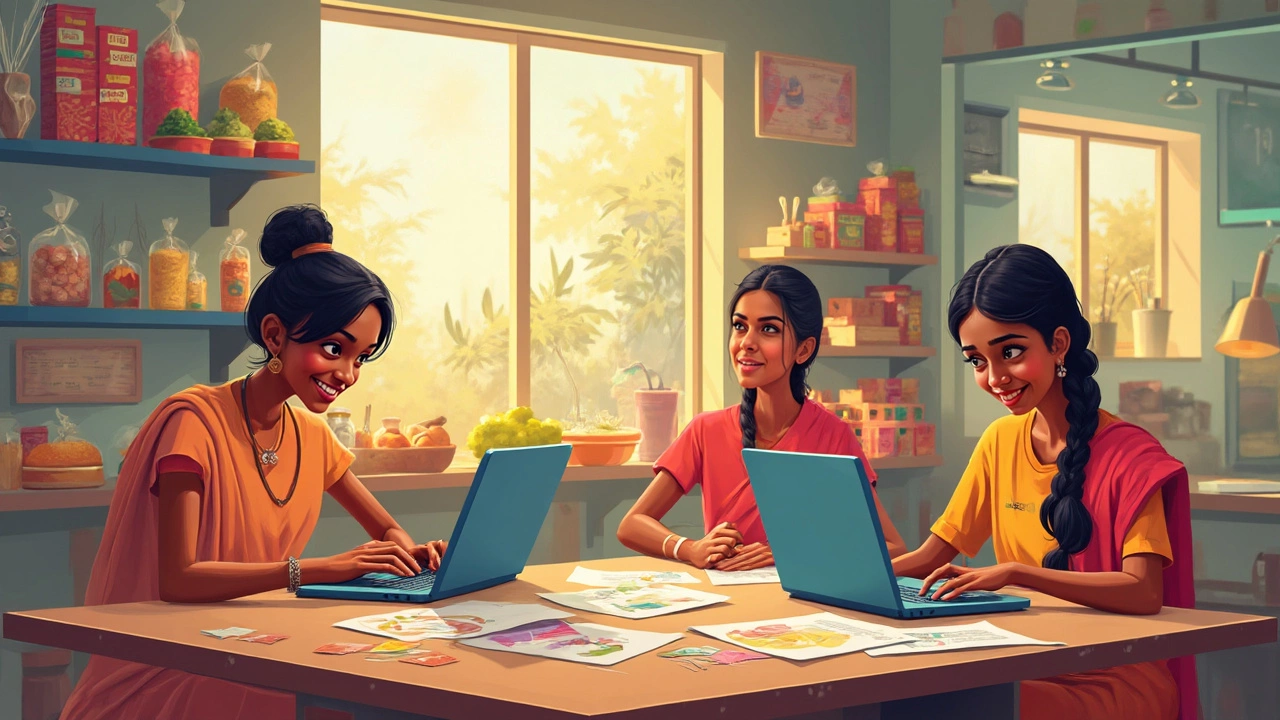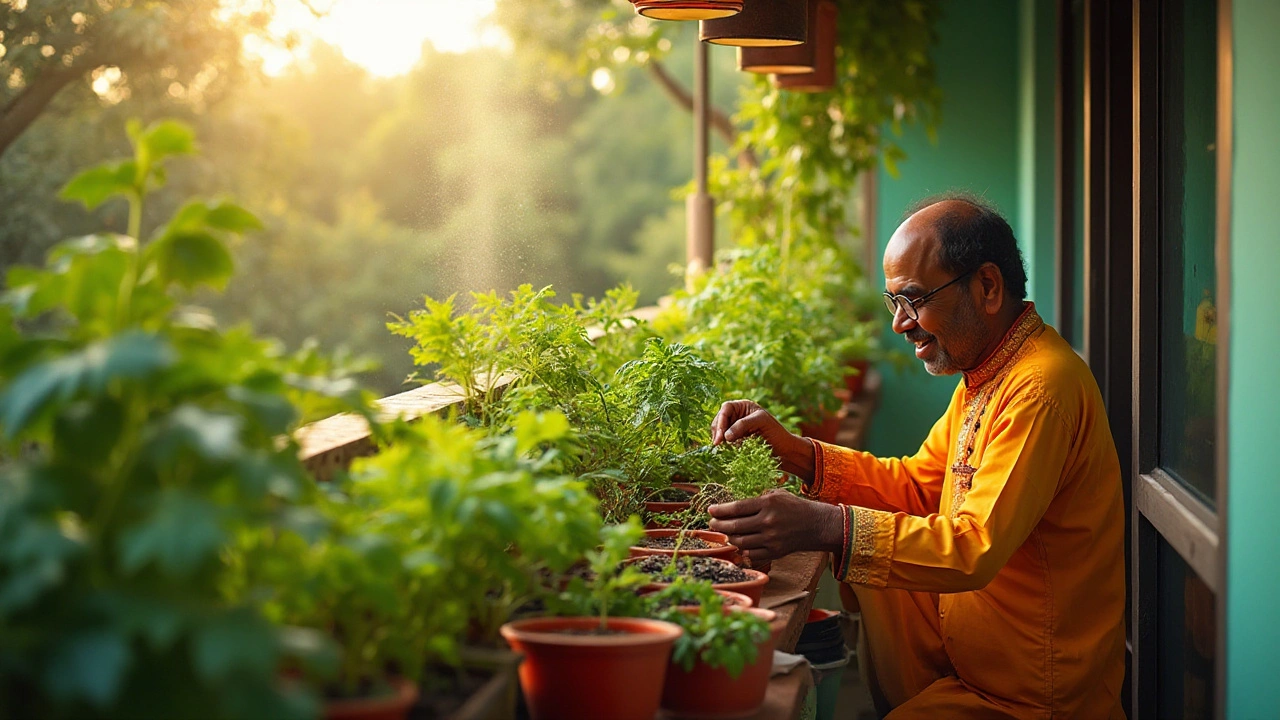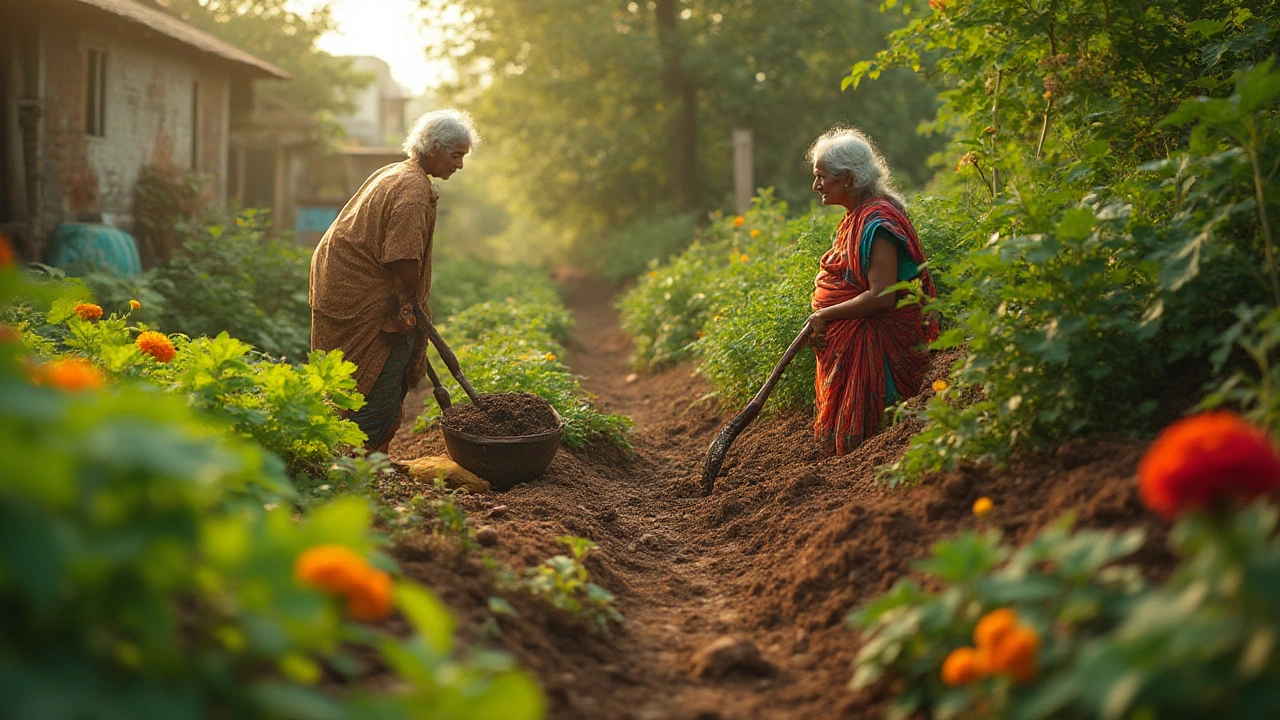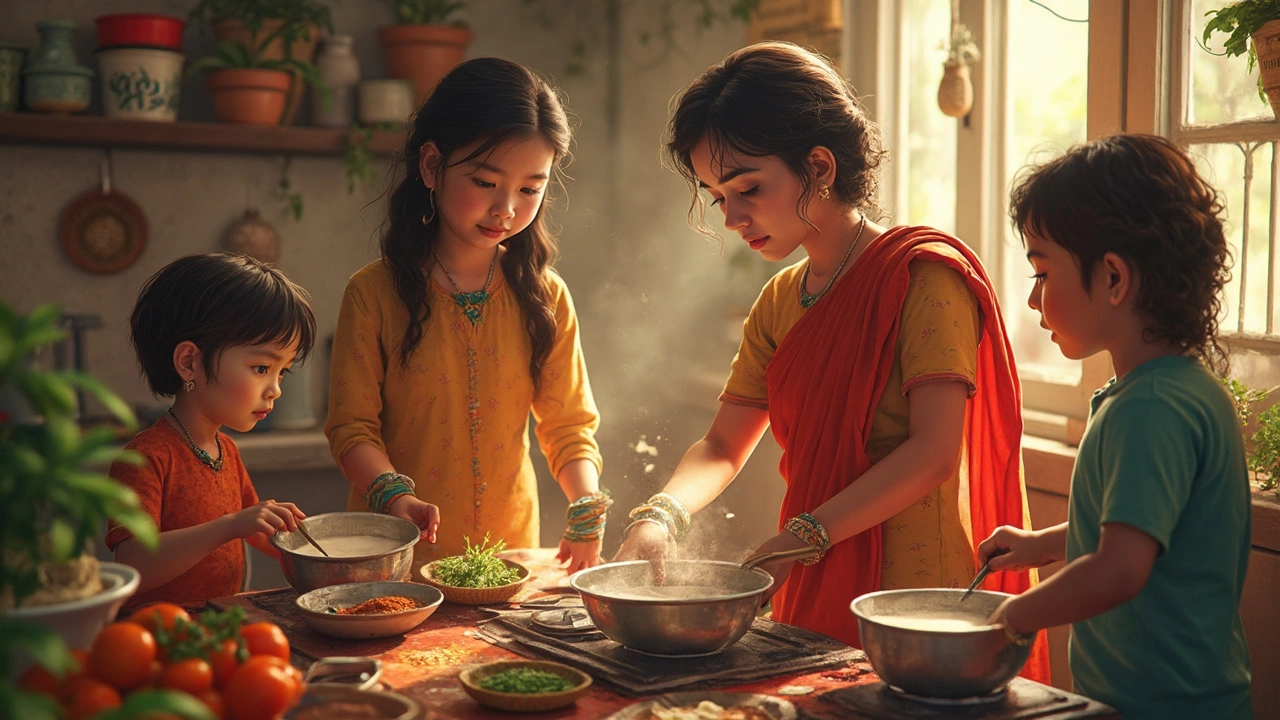Richest Textile Company in the World: Who Tops the List?
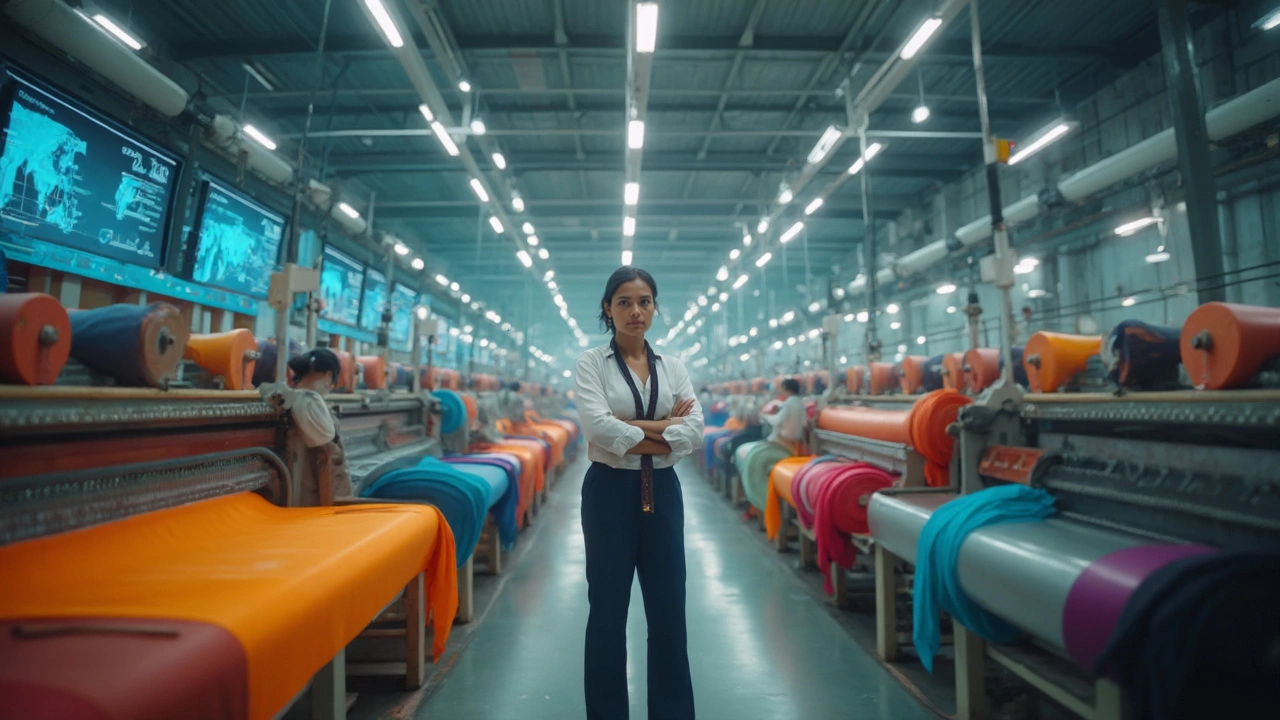
Imagine running a business that churns out enough fabric every year to clothe entire continents. The textile world isn’t just about colorful clothes; it’s a multibillion-dollar race where the richest company can shape economies. You might think the richest textile company is tucked away in some corner of Europe, or maybe you’re rooting for an Indian giant. The answer’s actually pretty straightforward—and a bit surprising.
The world’s richest textile company today is China’s Shandong Ruyi Technology Group. Their revenue blows everyone else out of the water, and they’re not hiding in some quiet town—these folks own stakes in famous brands and supply fabrics all over. While Indian companies like Arvind and Vardhman are climbing fast, Ruyi’s reach and scale are on another level right now. Think of them as the unseen backbone behind labels you see in top stores.
- Who's the Richest Textile Giant?
- How Did They Get So Big?
- India’s Textile Titans: Catching Up
- Smart Strategies for Future Growth
Who's the Richest Textile Giant?
When people ask about the richest textile company in the world, the conversation always points to Shandong Ruyi Technology Group from China. These guys have taken a patch of fabric and basically woven it into a global empire. You’ll find Ruyi in every corner of the planet, not just as a clothing supplier, but as a company that owns high-end brands and giant production plants.
Shandong Ruyi started in 1972 and since then, it’s been gobbling up other fashion and textile companies left and right. The company’s giant leap came around 2010, when it started making big international deals. Many of the brands you spot in fancy malls—like SMCP (Sandro, Maje, Claudie Pierlot) from France—are now owned by Ruyi. They also invested in Lycra, the stretchy fiber found in sportswear across the globe.
You might be surprised to see how big the numbers get. Here’s a look at recent revenue figures for Ruyi compared with some other global textile companies:
| Company | Country | Annual Revenue (USD, approx.) |
|---|---|---|
| Shandong Ruyi Technology Group | China | ~$4.2 Billion |
| Toray Industries | Japan | ~$20.5 Billion (includes lots outside textiles, pure textile revenue estimated ~$5 Billion) |
| Arvind Limited | India | ~$1.2 Billion |
| Vardhman Textiles | India | ~$1.1 Billion |
It’s a tight race, but Ruyi grabs the spotlight because its revenue comes almost entirely from textiles and its assets all over the world. While Japanese companies like Toray are massive, they earn big bucks from plastics and chemicals too, not just textiles. That's why Ruyi really stands out in the textile space.
But money isn’t the only factor. Ruyi’s wide reach helps local economies wherever they set up shop—they provide thousands of jobs, especially in Southeast Asia, China, and Europe. Plus, they design the fibers that end up everywhere: from the yoga pants you wear to the high-fashion jackets you see on TV.
If you look behind most popular fabric brands, there’s a good chance you’ll find Shandong Ruyi pulling the strings. It’s a reminder that in today’s fashion world, some real giants work quietly and efficiently behind the scenes.
How Did They Get So Big?
There’s no magic or luck behind the story of a textile company dominating the global stage. Shandong Ruyi’s game plan was pretty straightforward: aggressive expansion, buying out well-known clothing brands, and modernizing their manufacturing. Here’s how they pulled it off while everyone else was playing catch-up.
First, Ruyi didn’t just stick to traditional textiles. They went out and bought brands people already loved. This includes stakes in fashion icons like Aquascutum (UK), SMCP (France), and Bally (Switzerland). By getting their hands on these labels, Ruyi didn’t just supply fabric—they started selling finished products with global recognition. That meant a much bigger share of the market and way more revenue rolling in.
Second, they dumped a ton of money into technology. Forget old spinning jennies and handlooms; we’re talking about smart factories, robotics, and digital supply chains. They slashed production costs and sped up delivery times. The result? Even fast fashion giants knock at their door for high-quality, low-cost textiles.
Check out how Ruyi’s numbers compare with Indian contenders and other major textile players:
| Company | Country | 2024 Revenue (USD) | Main Focus |
|---|---|---|---|
| Shandong Ruyi | China | $9.5 billion | Textiles, Fashion Brands |
| Arvind Ltd | India | $1.3 billion | Fabrics, Garments |
| Indorama Ventures | Thailand | $15.6 billion | Petrochemicals, Textiles |
| Toray Industries | Japan | $21.5 billion | Textiles, Chemicals |
Ruyi’s strategy wasn’t just about piling up the most cash. They focused on three smart moves:
- Snapping up trusted, global brands so their name reached everywhere
- Investing millions in tech to cut costs and boost quality
- Building fast, reliable supply chains that can deliver around the world
This combo has kept richest textile company status just out of reach for most rivals, including heavyweights from India. But the race isn’t over, especially with fresh players adopting similar tricks.
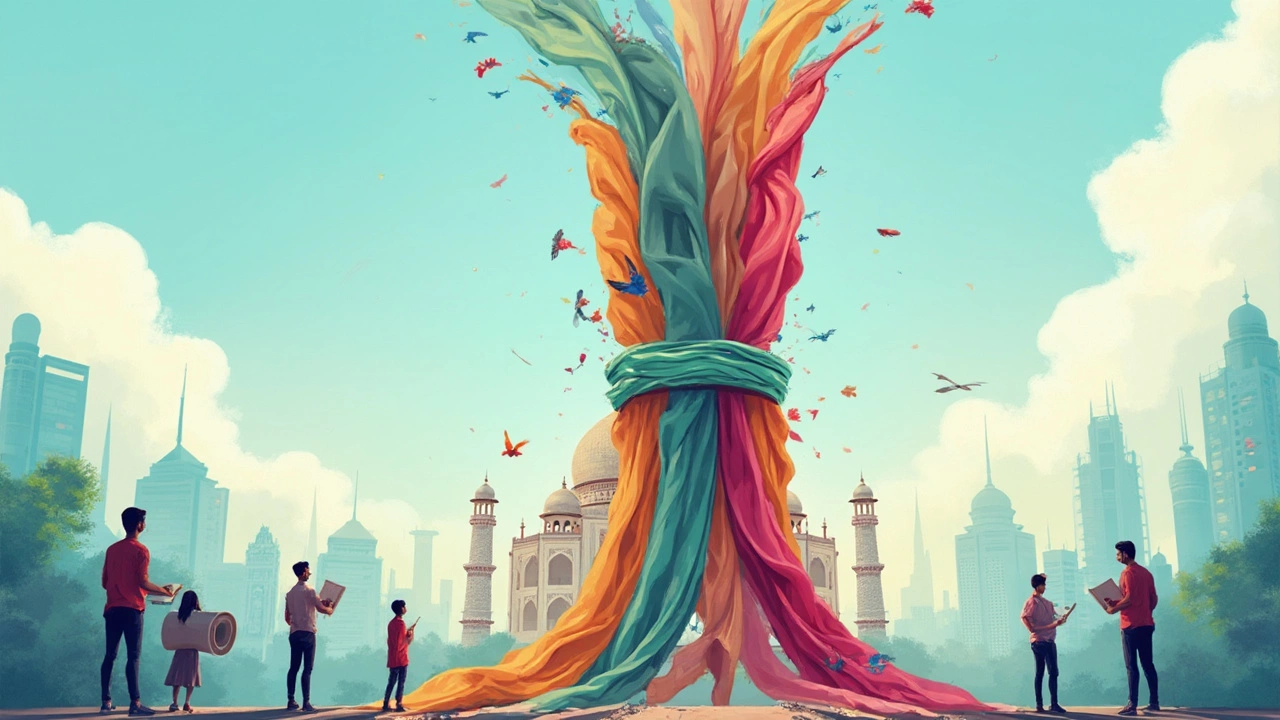
India’s Textile Titans: Catching Up
India’s textile industry is a powerhouse in its own right. Companies like Reliance Industries, Arvind Limited, Vardhman Textiles, and Welspun India are household names when it comes to yarn, denim, and home textiles. While China leads on sheer volume and revenue, Indian firms have built global reputations for quality, variety, and innovation.
Reliance Industries, for example, is not just an oil and petrochemical giant—they’re also the world’s largest polyester yarn and fiber producer. Want denim? Arvind Limited supplies it to brands like Levi’s and Wrangler. Vardhman Textiles is huge in yarn, exporting to over 75 countries. Welspun India is another big name, shipping towels and other home textiles to top retailers like Walmart and Target.
Here’s how the top Indian companies stack up today:
| Company | Major Segment | Revenue (INR, 2024) | Global Clients |
|---|---|---|---|
| Reliance Industries (Textiles) | Polyester Yarn & Fiber | ₹17,000 crore+ | Global fashion & textile brands |
| Arvind Limited | Denim, Woven Fabric | ₹8,000 crore+ | Levi’s, Gap, Tommy Hilfiger |
| Vardhman Textiles | Yarn & Fabric | ₹8,500 crore+ | Global apparel brands |
| Welspun India | Home Textiles | ₹9,400 crore+ | Walmart, Target |
It’s not just about selling more fabric. These companies are doubling down on technology, automation, and sustainable practices to get a bigger slice of the global pie. The Indian government is also backing them with incentives, especially for exports and eco-friendly products. In fact, textile exports from India touched nearly $44 billion USD last year—a record for the country.
- Textile manufacturers India are investing in green factories and water-saving tech (Arvind recycles almost all its water in some plants).
- Vardhman is expanding yarn capacity with new plants in Punjab and Madhya Pradesh.
- Welspun launched blockchain-based traceability so major retailers can track every towel from “cotton to customer.”
With these moves, Indian giants aren’t just catching up—they’re aiming to set global trends in quality and sustainability. Want a pro tip? Keep an eye on how fast these Indian brands partner up with international fashion houses or bag big sustainability certifications. That’s where the next leap will come from.
Smart Strategies for Future Growth
To stay on top, or even just survive in the textile game, companies need to move fast and smart. The richest textile company isn’t coasting; they’re planning years ahead. Here’s what works for the big players and what Indian companies are starting to nail down.
Richest textile company status doesn’t just come from size. It’s about having a grip on innovation, sustainability, and supply chain smarts. For example, Shandong Ruyi invests heavily in advanced manufacturing like AI-driven fabric inspection, which slices defects and boosts quality. Reports from Bain & Company show global textile leaders investing 20-30% more each year in automation compared to smaller rivals.
- Eco-Friendly Operations: Sustainable production isn’t just a buzzword—it’s money in the bank. Textile companies cutting water and energy use (think recycled polyester or zero-liquid discharge systems) are winning big contracts, especially from Western brands chasing greener supply chains.
- Brand Acquisitions: Want global reach? Acquire well-known brands. Shandong Ruyi, for instance, owns Aquascutum and has stakes in Lycra, making it a household name in Europe and beyond.
- Vertical Integration: Companies controlling every step—from spinning yarn to finishing garments—keep costs low and deliveries fast. Indian firms like Vardhman and Welspun are doubling down on this, making them tough to beat.
- Tech Investment: Data-driven production, automated fabric cutting, and real-time inventory tracking aren’t futuristic any more—they’re basic survival. By 2024, McKinsey reported that more than 65% of large textile firms use some form of digital supply chain tech.
Here’s a look at just how much these strategies are paying off for leading companies:
| Company | Annual R&D Spend ($ Million) | Sustainability Investment (% of Revenue) | Automation Adoption Rate (%) |
|---|---|---|---|
| Shandong Ruyi | 300 | 5% | 80 |
| Arvind | 120 | 4% | 65 |
| Vardhman | 100 | 3% | 55 |
If you’re in the textile industry and want to go big, here’s the no-nonsense playbook: invest in green tech, control your supply chain, modernize every process, and don’t be afraid to snap up brands when the chance comes. The winners aren’t guessing—they’re acting on data and pushing limits every single year.

